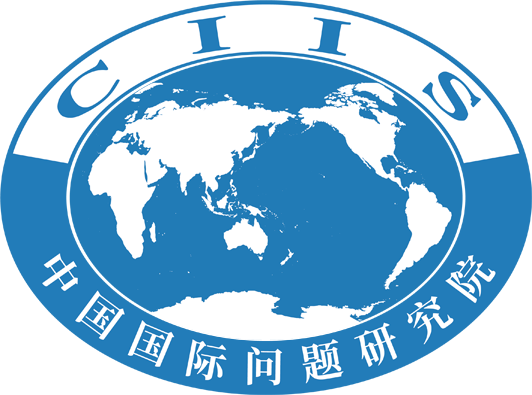US Vice President Kamala Harris is scheduled to kick start her trip to Southeast Asia on Sunday. Harris will visit Singapore and Vietnam, making her the highest-level official in the Biden administration to visit the region so far. She will also be the first US vice president to visit Vietnam.
The Biden administration announced Harris' visit in late July as a part of the US' intensive diplomatic operations focusing on Southeast Asia. US Secretary of Defense Lloyd Austin, US Deputy Secretary of State Wendy Sherman and US Ambassador to the United Nations Linda Thomas-Greenfield have also visited the region in recent months. US Secretary of State Antony Blinken participated in various ministerial-level events related to the ASEAN in early August. These high-profile activities reflect the Biden administration's attempt to repair relations with Southeast Asian countries. Some say that the Biden administration's diplomatic focus in the first half of the year was Europe, with Southeast Asia dominating the second half.
Although the visit was planned earlier, the timing of the visit embarrassed the Biden administration. The US' hasty withdrawal from Afghanistan has triggered changes in the country's situation. This is creating a crisis of confidence among US allies and partners. Although this is the first time for Harris to set foot in Asia since taking office, she has to handle a new hot potato - to reassure regional allies on the Afghanistan issue as much as possible. Whereas Harris is new to diplomacy, there are doubts about whether she can take on this important task.
Washington's withdrawal of diplomats from Kabul is being mocked in the exact way that the US evacuated its embassy in Saigon more than 40 years ago. Global analysts, including American experts, have pointed out that this is a huge military and diplomatic failure of the US.
There are mainly two purposes of Harris' visit. On the surface, it is to revitalize the alliance and partnership between the US and Southeast Asian countries. It will also advance the goal of a free and open Indo-Pacific on this basis. However, the core is to further strengthen the US' regional presence, thus turning Southeast Asia into a frontier against China.
As the situation in Afghanistan continues to ferment, before advancing the Indo-Pacific Strategy, the Biden administration needs to prove that its commitment to Southeast Asia will not be withdrawn suddenly as it did in Afghanistan. This is a very difficult challenge, and it is obviously hard for Harris to complete this task. Harris lacks diplomatic experience. She had almost no interaction with Southeast Asian countries or their leaders. Besides, she is believed to have limited influence on the Biden administration's foreign policy. Therefore, regional countries may choose to wait and see instead of immediately following Washington.
The bigger problem is that after the Trump administration, Southeast Asian countries generally feel neglected and betrayed. Facing the Biden administration's accelerating diplomatic acts, these countries may feel a sense of relief from "Trumpism." However, they won't relax their vigilance. They will need to see if the Biden administration can continue to invest in such diplomacy. During the first half of the year, the Biden administration clearly cold-shouldered Southeast Asia. In contrast, the Biden administration has been accelerating the Indo-Pacific Strategy. It is frequently interacting with Japan, South Korea and India and upgrading the Quad. This has made Southeast Asian countries confused: Is the Biden administration's sudden strengthening of ties with Southeast Asia just a flash in the pan?
For the Biden administration, Harris' trip should consolidate the Indo-Pacific Strategy in Southeast Asia to start competition with China from a better "position of strength." However, the problem is many Southeast Asian countries do not believe their vision of the Indo-Pacific is completely consistent with the US' Indo-Pacific Strategy. Regional countries generally regard the Indo-Pacific as a geographical concept rather than a geopolitical confrontation.
More importantly, these countries do not want to be pushed around by an external country. For Southeast Asian countries, it is their long-term policy to maintain a delicate balance among major powers while stick to ASEAN's central position in regional cooperation. The US' intervention, especially its upgrading of the Quad, may affect ASEAN's dominant position. This could make Southeast Asian countries fall into a dilemma: Southeast Asia is very likely to become a US' pawn in its competition with China. This is not in the interests of regional countries as it negatively affects regional peace and stability.
(The author is an assistant research fellow at the China Institute of International Studies. Source: Global Times, August 22, 2021)



